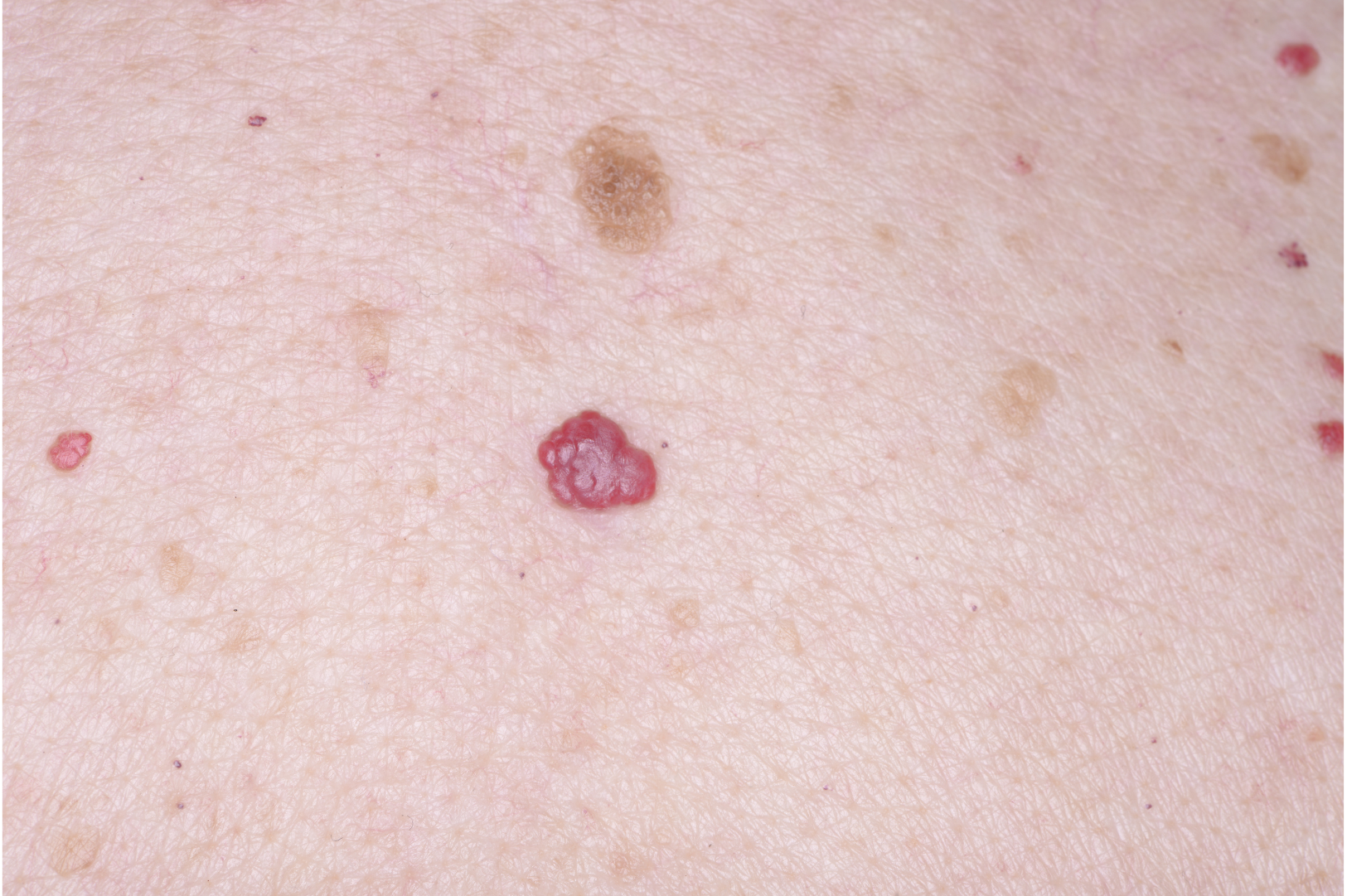
Does your baby have red or deep brown patches on the face immediately after birth or a few weeks later? Do the marks grow in size rapidly? Well, what you notice may be infantile hemangiomas. These are benign (noncancerous) tumors of blood vessels called capillaries that typically appear in infants within the first weeks or months of life. Often referred to as "strawberry marks" due to their red, raised appearance, these are usually not dangerous and regress on their own over time. However, due to complications associated with infantile hemangiomas, they may require treatment, especially for a larger and unsightly appearance. In such cases, treatment options may include medications, laser therapy, or surgical removal.
Scroll down to learn more about infantile hemangioma. This informative blog includes everything you need to know to stay well-informed about the condition.
Infantile hemangiomas, also known as hemangiomas of infancy, are benign (noncancerous) vascular tumors. They are considered to be some types of birthmarks in infants or babies. They are often made up of endothelial cells (the cells that line the blood vessels). Infantile hemangiomas result from the abnormal formation of blood vessels that multiply uncontrollably. Most hemangiomas appear at birth or within the first few weeks (mostly 2 to 3 weeks after birth). They can occur in any body area, but the head and neck are the most common.
Roughly 4% to 5% of all infants get infantile hemangiomas, which are most common in girls, twin births, and preterm or low birth weight babies. Most hemangiomas grow large rapidly at first (proliferative phase) and then slowly shrink or go away (period of shrinkage or involution phase). But some leave a mark or loose skin.
Depending on where they appear, infantile hemangiomas are of three types, namely:
The exact cause of infantile hemangiomas is unknown. It is not due to any environmental factors or medication taken during pregnancy. However, it is believed to be related to the changing oxygen levels that happen while the baby is developing in the womb. Hemangiomas can run in families, though there is no genetic cause or link.
When the baby is born, it may not exhibit any signs of hemangioma. They usually become noticeable by four weeks of age. They may appear as a tiny bump, a scratch, or a red or blue patch on the skin. The patch may be flat or bumpy, depending on where they develop. They often develop on the face, scalp, back, or chest. The infant may have one or more than one mark.
During your child's first year, the mark may grow rapidly into a spongy, rubbery-looking bump that sticks out or bulges from the skin. The hemangioma then enters the rest phase and begins to go away slowly.
It is essential to identify a hemangioma and seek medical help. Else, it can lead to several complications, causing problems by:
Doctors, preferably dermatologists (doctors specializing in diagnosing and treating conditions related to the skin, hair, and nails), can easily diagnose hemangiomas by the appearance of the bump. Conducting a physical exam and evaluating the medical history, such as the type of pregnancy and the baby's health, can help doctors reach a diagnosis.
Further evaluation may be done through:
Treatment for infantile hemangiomas depends on the baby's age, location, and growth rate.
Your baby may require treatment for infantile hemangiomas for three main reasons:
Depending on the child's age, location, and the growth of hemangiomas, your doctor can recommend any one of the following treatments:
Infantile hemangiomas are common during birth or a few weeks after the baby is born. They appear as red or brown flat patches, birthmarks, or raised bumps that may initially grow rapidly but gradually slow down, fading. Though the exact cause is unknown, it could have been caused by tangled blood vessels.
Contact the doctor if you notice anything developing on your baby's skin. Most hemangiomas may fade away, but a few may cause complications. However, prompt evaluation, monitoring, and treatment can help ensure problematic hemangiomas have as little impact as possible on your child.